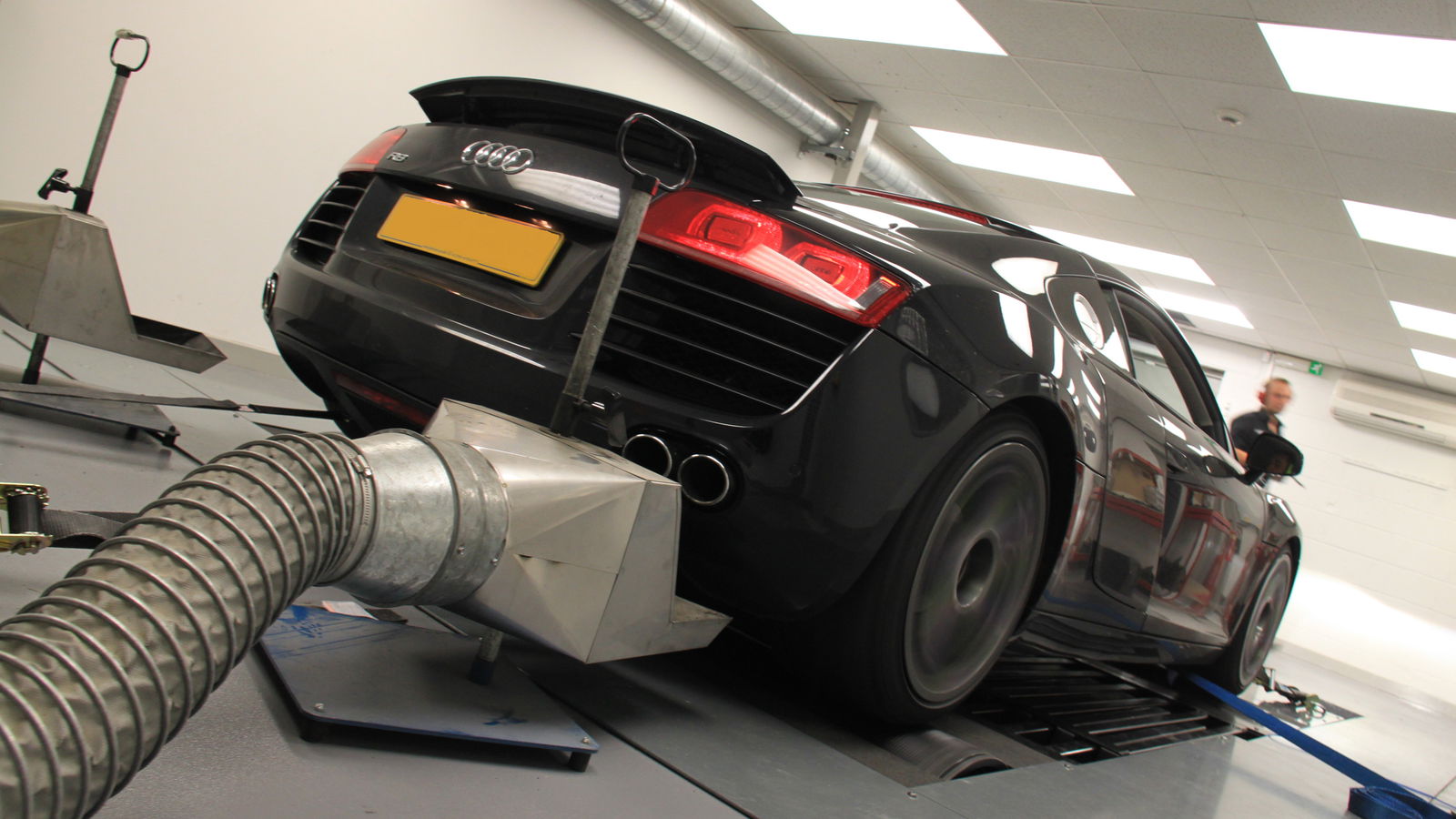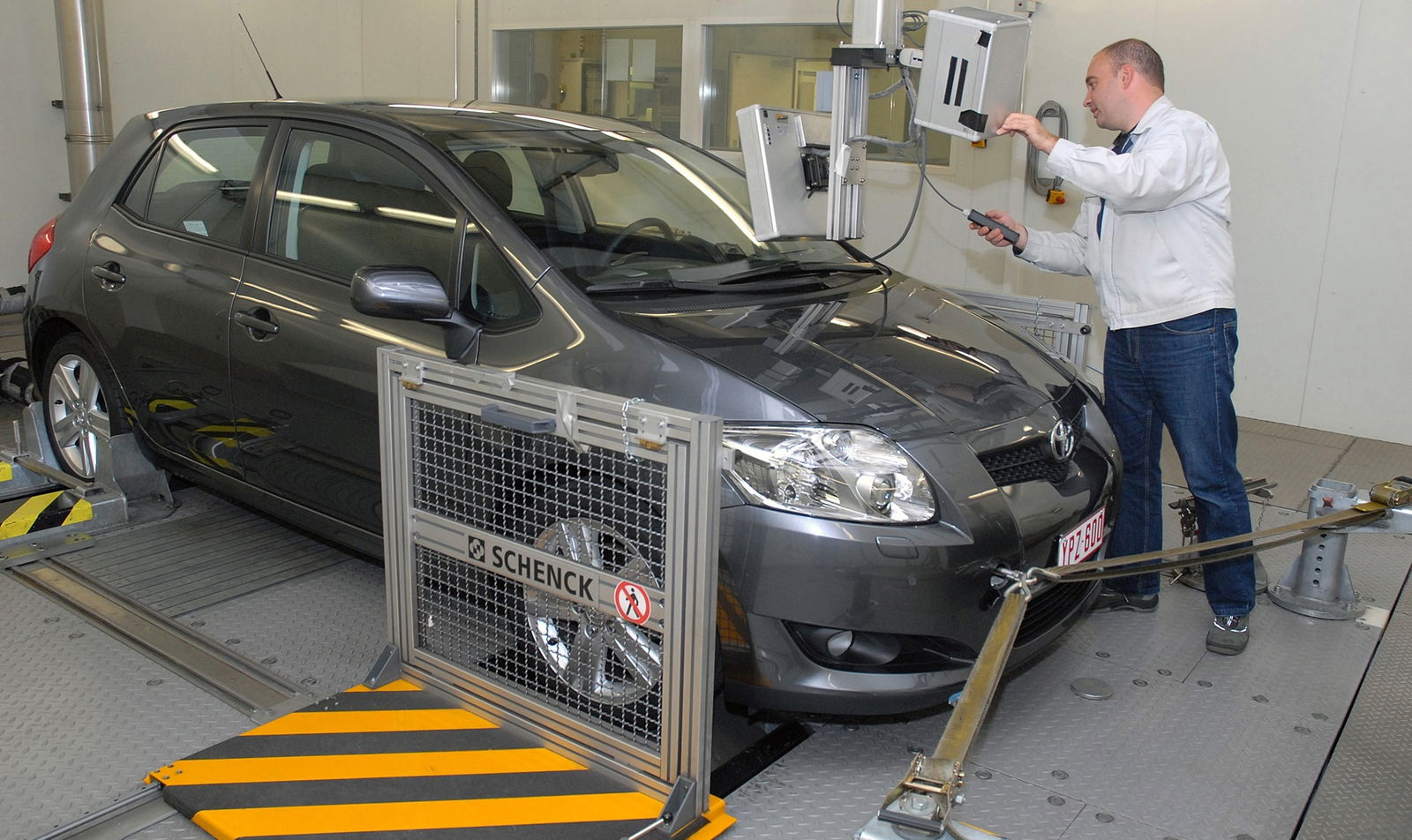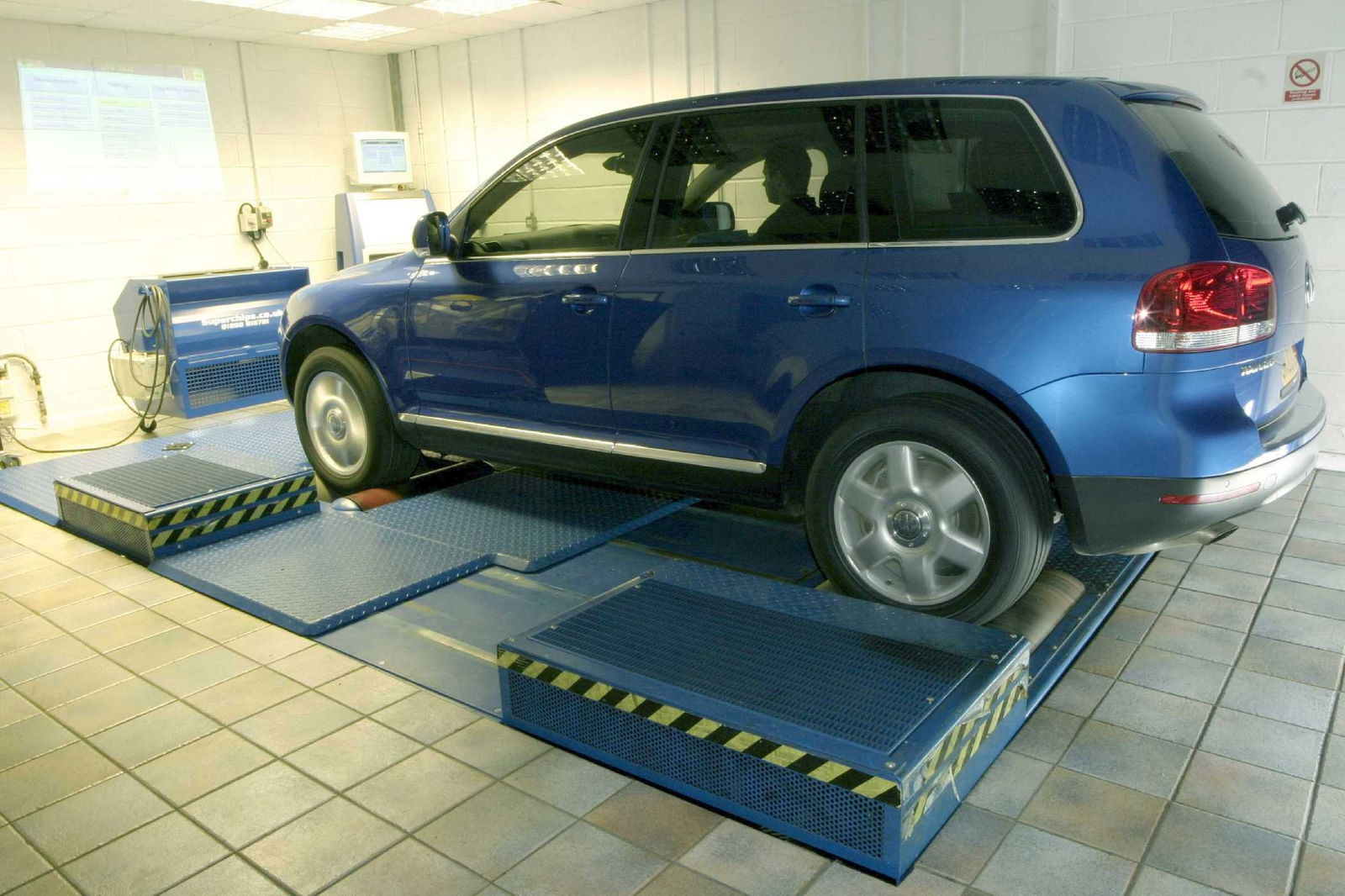How Emissions Tests Work, And Why They're Stupidly Unrealistic

It’s unlikely that you’ve missed out on the big Volkswagen emissions scandal in the USA at the moment and there are more than a few questions about how it affects European market cars - especially given how optimistic fuel economy ratings are for new cars.
Firstly it’s important to note that what’s going on in the USA has nothing to do with fuel economy, rather "NOx" (oxides of Nitrogen) emissions which blight diesel combustion and are harmful to human health.
The way emissions are calculated for new cars in Europe is significantly different - but that doesn’t make them any good. In fact we’ve been using roughly the same test since the 1970s.

This test is known as the "New European Driving Cycle" and while it can be conducted on a road it’s typically done in a laboratory in order to ensure the tests are repeatable and generate comparative figures. There are two separate tests, but usually they’re performed together and the car must be run from cold with all ancillary electrics turned off so there’s minimal battery load.
The first is the urban driving cycle (UDC), designed to mimic driving conditions in European cities. It consists of three acceleration and four braking phases and they are ludicrously gentle:
- Accelerate to 9mph in four seconds
- Cruise at 9mph for eight seconds
- Brake to rest in five seconds
- Accelerate to 20mph over 12 seconds
- Cruise at 20mph for 24 seconds
- Brake to rest in 11 seconds
- Accelerate to 31mph over 26 seconds
- Cruise at 31mph for 12 seconds
- Brake to 22mph over eight seconds
- Cruise at 22mph for 13 seconds
- Brake to rest in 12 seconds
Adding in all the required gear changes and idle periods, this whole test takes just over three minutes and less than a mile of driving. It’s repeated another three times, with the total driven distance adding up to just 2.5 miles.

A second test was added in the 1990s, called the extra-urban driving cycle (EUDC). This is similarly gentle and not particularly recognisable as real-world driving either:
- Accelerate to 44mph in 41 seconds
- Cruise at 44mph for 50 seconds
- Brake to 31mph in eight seconds
- Cruise at 31mph for 69 seconds
- Accelerate to 44mph in 13 seconds
- Cruise at 44mph for 50 seconds
- Accelerate to 62mph in 35 seconds
- Cruise at 62mph for 30 seconds
- Accelerate to 75mph in 20 seconds
- Cruise at 75mph for 10 seconds
- Brake to rest in 34 seconds
This test takes just under seven minutes and just over four miles. Added together, the two tests take nearly 20 minutes and seven miles, and this is entirely how your car’s fuel economy is calculated by determining the car’s carbon dioxide emissions. It’s probably very little wonder that few cars get close to their official fuel economy in the real world!
Carbon monoxide, unburned hydrocarbons, nitrogen oxides and particulate matter is also collected during the test to determine if the car meets the European emissions standards. These are slightly less stern at the moment than the Californian standards, but European NOx levels have been rising despite the standards allowing for less than a sixth of NOx emissions over the last 15 years - so we may yet see the emissions cheating controversy reach this side of the Atlantic too…
Comments